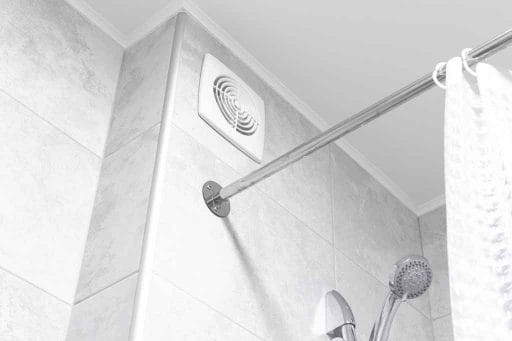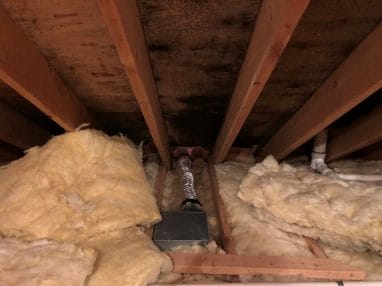Table of Contents

Picture through hvacseer.com
What Does the Code Say?
Because we are all human and we all make faults, I determined not only to pull the code e-book myself, but also simply call my neighborhood building inspector and talk to him in scenario there were being modifications in the the latest codes. Inevitably when he known as me back again, he referred me to the exact code which I experienced situated in Chapter 15 – Exhaust Techniques in the Worldwide Household Code (IRC). Note: I am individually referencing my 2009 code guide and though the codes have given that been current, this code precisely has not altered.
The inspector said as does the code on Section M1501.1 – Outdoor Discharge Termination – “The air taken out by each mechanical exhaust process shall be discharged to the outdoor. Air shall not be fatigued into an attic, soffit, ridge vent or crawl room.”
Area M1502.3 – Duct Termination – goes on to say “…Exhaust shall terminate not fewer than 3 toes in any way from openings into properties. Exhaust duct terminations shall be equipped with a backdraft damper.”
So, What Does that Mean?
In a nutshell the inspector mentioned that a lavatory or dryer vent considering that the two are exhausting moist air can NOT be vented into a soffit for each the code. Second, executing so would also not permit the set up of a termination with a backdraft damper. Thirdly it would be in 3’ of air ingestion back into a building assuming they experienced either vented soffit or vented drip edge.
Could the toilet vent be exhausted out of a gable wall? The respond to: it depends. Is there a gable vent in 3 feet of in which this vent will exhaust? If so, then the answer is no.
What if there is no gable vent? Technically then per the code the remedy is Of course. On the other hand, executing so would be negative follow. In the wintertime when the property owner is taking a pleasant warm shower and the fan is running exhausting moist very hot air out the hose and into the vent, on coming into the cold attic space and chilly hose, the humidity would condense inside the pipe sooner or later filling to some degree with h2o, even if it is an insulated duct. At some point this would leak about time resulting in h2o stains on the ceiling and the perception that there is a leak in the roof.
So, if you are obtaining discussions with a roofer and they are telling you that you can exhaust your toilet admirer into your attic room or the soffit by itself, you now know this is incorrect and does NOT fulfill the present creating code. Accomplishing so makes it possible for moist air to be sucked back again into the residence perhaps leading to mold buildup.
Why Does it Make any difference?
The under photo was taken on 3-2-2019 at a friend’s household in Taunton right after he termed me to glance at a mildew problem. After inspecting it I would have to say that this is the ideal display screen of how a dwelling can pull moist air back into the property leading to mildew on the plywood underlayment. You can plainly see that the mold is the even worse wherever the fan is fatigued into the soffit and decreases as you get further more absent from it.

When you’re in want of roofing or household enhancement do the job, give Beantown House Advancements a connect with and get it done proper the very first time!
